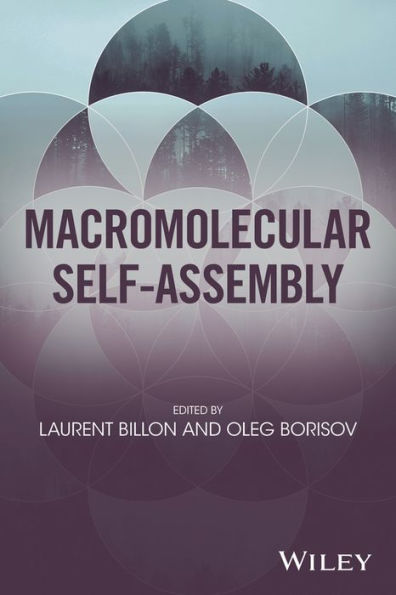This book describes techniques of synthesis and self-assembly of macromolecules for developing new materials and improving functionality of existing ones. Because self-assembly emulates how nature creates complex systems, they likely have the best chance at succeeding in real-world biomedical applications.
• Employs synthetic chemistry, physical chemistry, and materials science principles and techniques
• Emphasizes self-assembly in solutions (particularly, aqueous solutions) and at solid-liquid interfaces
• Describes polymer assembly driven by multitude interactions, including solvophobic, electrostatic, and obligatory co-assembly
• Illustrates assembly of bio-hybrid macromolecules and applications in biomedical engineering
1124179275
• Employs synthetic chemistry, physical chemistry, and materials science principles and techniques
• Emphasizes self-assembly in solutions (particularly, aqueous solutions) and at solid-liquid interfaces
• Describes polymer assembly driven by multitude interactions, including solvophobic, electrostatic, and obligatory co-assembly
• Illustrates assembly of bio-hybrid macromolecules and applications in biomedical engineering
Macromolecular Self-Assembly
This book describes techniques of synthesis and self-assembly of macromolecules for developing new materials and improving functionality of existing ones. Because self-assembly emulates how nature creates complex systems, they likely have the best chance at succeeding in real-world biomedical applications.
• Employs synthetic chemistry, physical chemistry, and materials science principles and techniques
• Emphasizes self-assembly in solutions (particularly, aqueous solutions) and at solid-liquid interfaces
• Describes polymer assembly driven by multitude interactions, including solvophobic, electrostatic, and obligatory co-assembly
• Illustrates assembly of bio-hybrid macromolecules and applications in biomedical engineering
• Employs synthetic chemistry, physical chemistry, and materials science principles and techniques
• Emphasizes self-assembly in solutions (particularly, aqueous solutions) and at solid-liquid interfaces
• Describes polymer assembly driven by multitude interactions, including solvophobic, electrostatic, and obligatory co-assembly
• Illustrates assembly of bio-hybrid macromolecules and applications in biomedical engineering
134.0
In Stock
5
1

Macromolecular Self-Assembly
272
Macromolecular Self-Assembly
272Related collections and offers
134.0
In Stock

From the B&N Reads Blog
